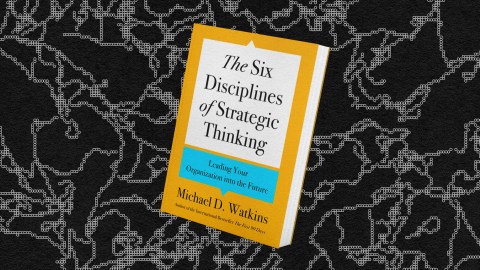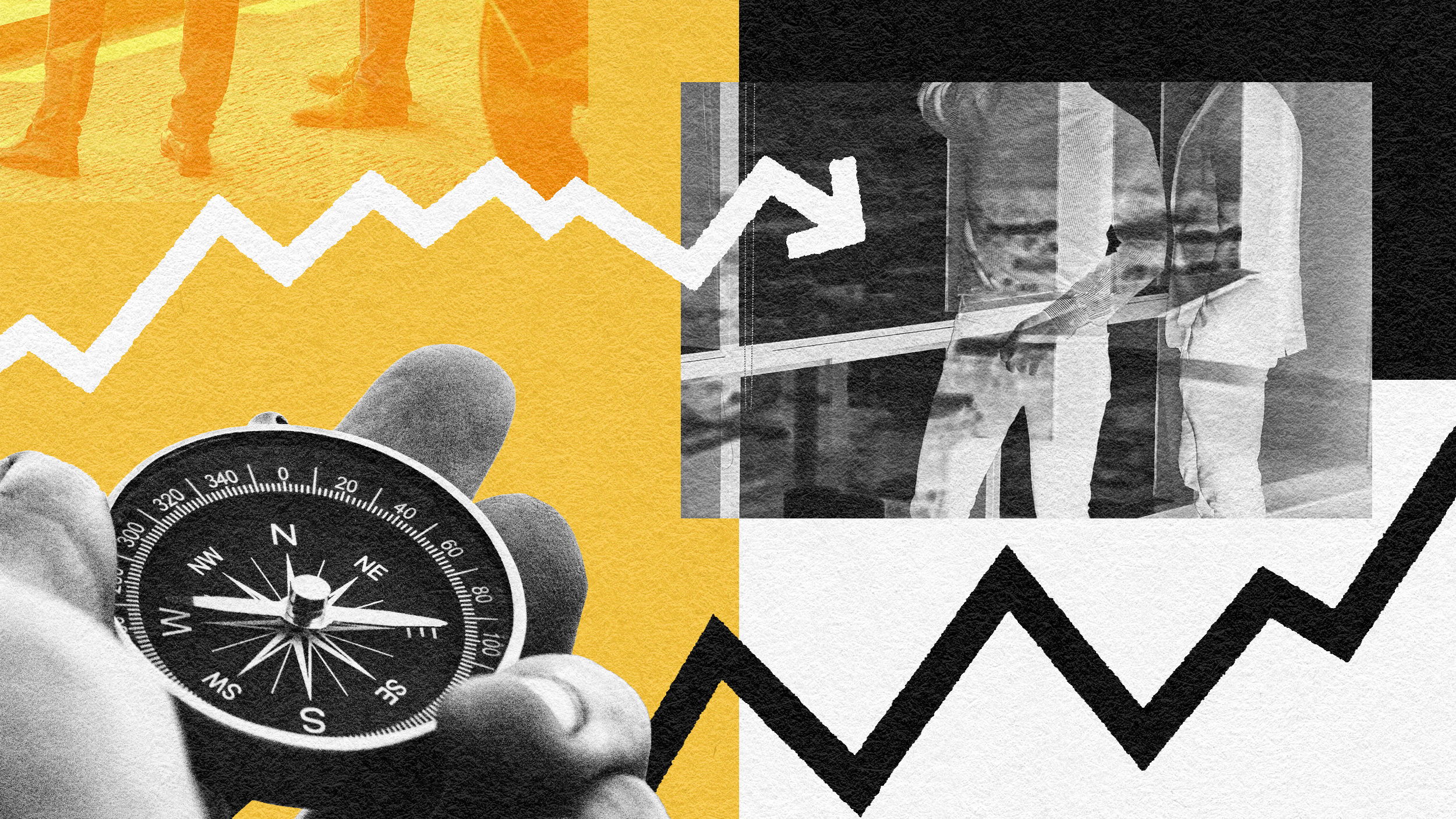Brilliant leaders are often strategic thinkers skilled at handling complexity

- Leaders face four dimensions of difficulty: complexity, uncertainty, volatility, and ambiguity (CUVA).
- Complexity heads the CUVA acronym because it is at the heart of all the challenges most leaders face.
- By understanding the complexity of your business environment, you can better deal with uncertainty, volatility, and ambiguity.
Strategic thinking wouldn’t be necessary if the business world were benign, stable, and predictable. But, of course, it’s none of those things. It’s ever more competitive, and the stakes are high. Determining the right strategies to create or sustain success is challenging, and leaders must pilot their organizations through increasingly turbulent waters. The combination of high stakes and challenging environments is what makes strategic thinking so valuable.
To appreciate this, it helps to understand the nature of the mental processing challenges that leaders face. Specifically, they confront four dimensions of difficulty: volatility, uncertainty, complexity, and ambiguity (VUCA, a term that dates back to the work of Warren G. Bennis and Burt Nanus in the mid-1980s and was subsequently adopted by the US Army and then more broadly in work on leadership).
While VUCA sounds good and is easy to remember, I think the order of the words should be flipped, with complexity at the front (making the acronym CUVA). Complexity, uncertainty, volatility, and ambiguity are interrelated, and building on one dimension helps in understanding and addressing the others. Complexity is at the core of the challenges most leaders face. By understanding the complexity of your organization and business environment, you can anticipate and make sense of key uncertainties, which will help you respond to volatility and deal with ambiguity.
Complexity means that the domain of interest (for example, developing new products) has many interconnected variables that make it challenging to comprehend with the limited cognitive capacities that we all have as human beings. An organization with tens of thousands of employees delivering healthcare to thousands of patients daily in hundreds of facilities using many technologies and dozens of processes has an inherently high level of complexity. Complexity makes it challenging for leaders to build and maintain good “mental models” of their organizations and make sound predictions about what will happen if something changes. Strategic thinkers are skilled at navigating complexity because they understand how systems work and focus their attention on what really matters.
Uncertainty means dealing with situations with a clear set of potential outcomes but where the specific event that will occur cannot be perfectly predicted. This is the case regardless of how much effort you invest in gathering more information. Often, this is because a host of small contributing factors can influence the outcome. In the case of healthcare in the US, government regulations, which powerfully shape the industry, can evolve very differently depending on the results of national and state elections. Strategic thinkers isolate the most important uncertainties, think about probabilities, and explore the implications of plausible scenarios.

Volatility means that important things – for example, the price of oil – change rapidly. This makes it challenging to track what is happening and adapt to the changes. In the healthcare example, new competitors focused on the most profitable businesses may spring from nowhere, rendering existing business models obsolete. The intensive pace of technological innovation challenges us to know when and how to adapt. Strategic thinkers rapidly sense and respond to emerging threats and opportunities.
Ambiguity means there are diverse viewpoints about what problems the organization should focus on. There may also be competing perspectives about the potential of different solutions. As a result, stakeholders have divergent views about what is “right.” For example, hospital systems in the US face significant pressure to reduce costs, improve financial viability, and make care more affordable. Seen from the patient perspective, more affordable care is good. From the standpoint of hospital administrators, who are expected to do more with less, it could force tough trade-offs. Strategic thinkers negotiate among differing interests and perspectives to create shared “frames” of problems and agreements.
Today, the CUVA environment impacts every business, making it challenging for leaders to chart the right paths forward. The intensity of these challenges is also increasing due to technological, social, and environmental changes. The implication is that the value of strategic thinking is, therefore, growing.





